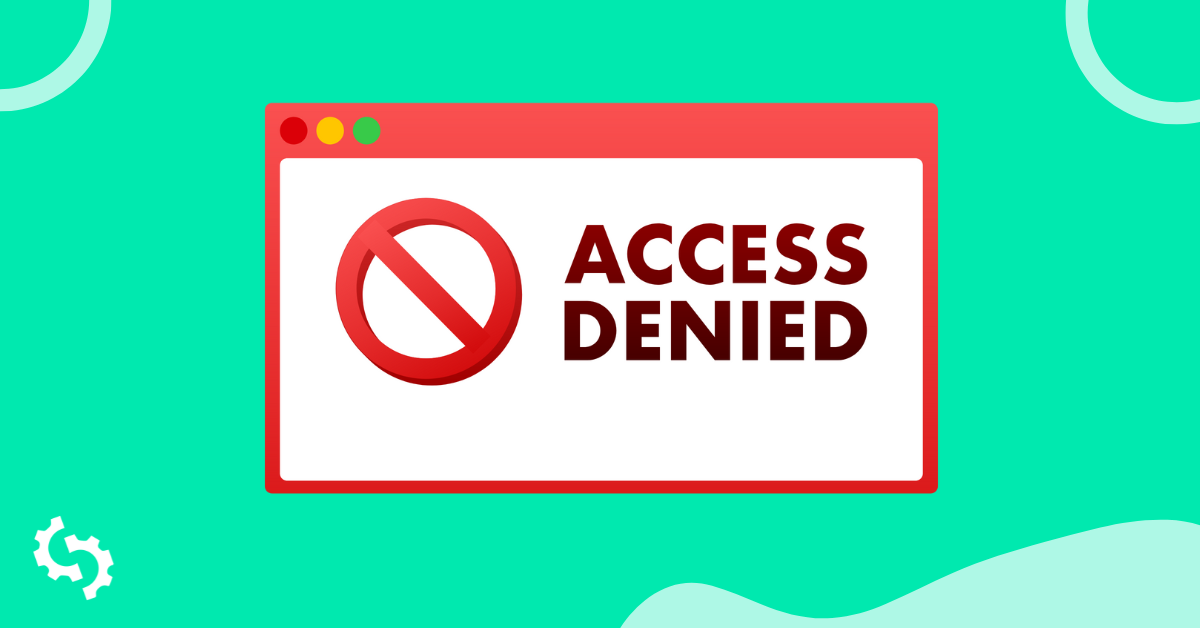
Paying for backlinks can get very expensive, very fast.
You can easily pay $100 to $500 per backlink if you outsource link building to an SEO agency or freelancer.
That may be a good approach if you have a large budget to leverage, but what if you don’t have that luxury?
You’re in luck, in this article we will share ways to get free backlinks. You just need creativity, the right tools and the drive to apply yourself.
Why Free Backlinks are Worth Your Time and Effort
In marketing, you have to decide whether to invest time or money. Investing your time is the way to earn free backlinks.
Even better, you receive long-term benefits for the effort you put into getting backlinks. Take note of these four benefits:
Expand Your Professional Network
In some cases, earning free backlinks will grow your network.
In business, the best opportunities come through your networks. When you build relationships, you can keep those connections and develop them for other opportunities.
Improved SEO Expertise
For online marketing professionals, you can never stand still in sharpening your skills. Doing the legwork to earn free backlinks will help you to learn SEO outreach, copywriting, and other marketing-related skills.
More Sustainable than Paid Marketing
Put $1,000 into Facebook Ads today, and that traffic will come and go. It’s an effective way to get a fast rush of traffic—a good way to test a new offer!
Earning backlinks, in contrast, will stay in place for months and years afterward.
Now let’s get down to business and get some free backlinks for you!
Ways to Get Free Backlinks for Your Business
1. Analyze Your Current Backlink Profile
Is your website brand new? If so, you'll need to move on to the next technique.
After a matter of months (or faster if you're actively marketing it), your website will start to attract free backlinks. To build your confidence, let’s start with getting you more of the same.
In the screenshot below, I analyzed Mailchimp’s backlinks using SEOptimer.
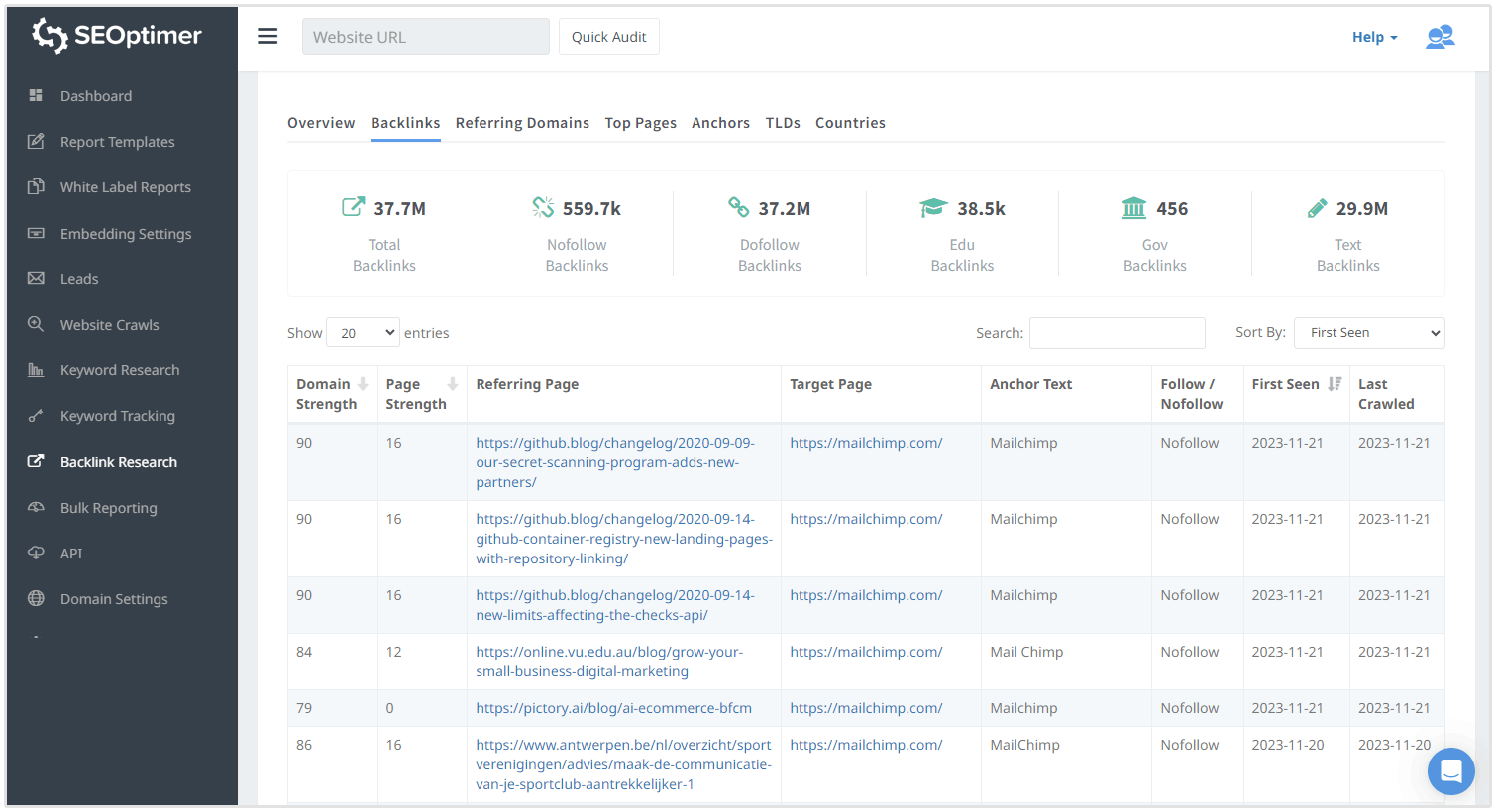
Right away, I noticed that the website has already earned a number of backlinks from authoritative websites.
Look at the Date column to see when the backlink came out. If it was a couple of months ago or longer, you could quite reasonably ask for another backlink.
There are two ways to request this free backlink.
If you have a relationship with someone at the website, send an email to them thanking them for the past backlink and suggesting a new backlink.
Outreach consultant Kai Davis recommends keeping initial messages like this short—aim for a maximum of 150 words.
The outreach message should primarily focus on the recipient rather than you.
If you don’t have a relationship with a specific person, you can still follow the outreach process, but it'll take more effort and probably has a lower chance of success.
I recommend taking about 10 minutes to reach a specific individual who has published on the website (i.e. the website owner, the editor or a regular contributor).
2. Ask Your Friends for Backlinks
Building on the same theme, let’s go back to your network to request more free backlinks. However, this method only works if you do it the right way.
- The Wrong Way: Asking for backlinks from irrelevant websites or from past acquaintances who barely remember you. I once had a past colleague—who hadn’t talked to me in three years—suddenly appear and ask me for advice on applying for a job. I helped him, but I did hesitate for a few minutes. Another wrong way? Asking for backlinks to your homepage instead of a specific resource or product. Specific requests tend to be more compelling.
- The Right Way: Add value when asking for a backlink. For example, if your friend loves “Game of Thrones” and your new infographic references House Lannister, then you have a winning combination. Alternatively, connect your request to a goal your friend has.
As with the first technique, you'll send an outreach message (i.e. an email, Facebook message, LinkedIn message, etc) to request the backlink.
If you're sending several of these requests, take your time to get each message right. There’s nothing worse than messing up details.
Tip: Use your organizational connections too! Did you graduate from college or university? If so, you can sometimes request free backlinks from the organization’s alumni page.
3. Reach Out to Industry Publications and Websites
Everybody wants the New York Times, CNN or Fox to write about them and give them a free backlink. But for 98% of us, we're not ready for that opportunity.
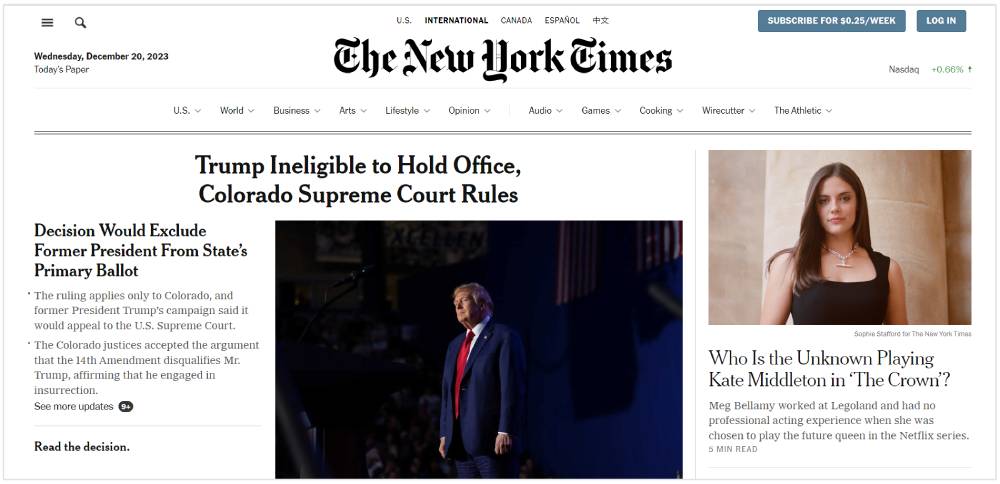
Even if you are ready for it, these large, general interest publications aren't laser-focused on your niche. Instead of spending weeks pitching to the Times, you can get better results by researching 3-6 publications more specifically relevant to your industry.
You might not be able to get on Forbes or Fortune, but there's a whole tier of niche industry publications where you can get backlinks. Here's an example of how to implement this strategy in the project management industry.
When I was building up my project management website, I successfully earned free backlinks from over two dozen websites. I used a three-step method:
Step 1. Use Google search to find blogs and publications
Use searches like this:
- project management blogs
- project manager blogs
- project management guest post
- project management magazines
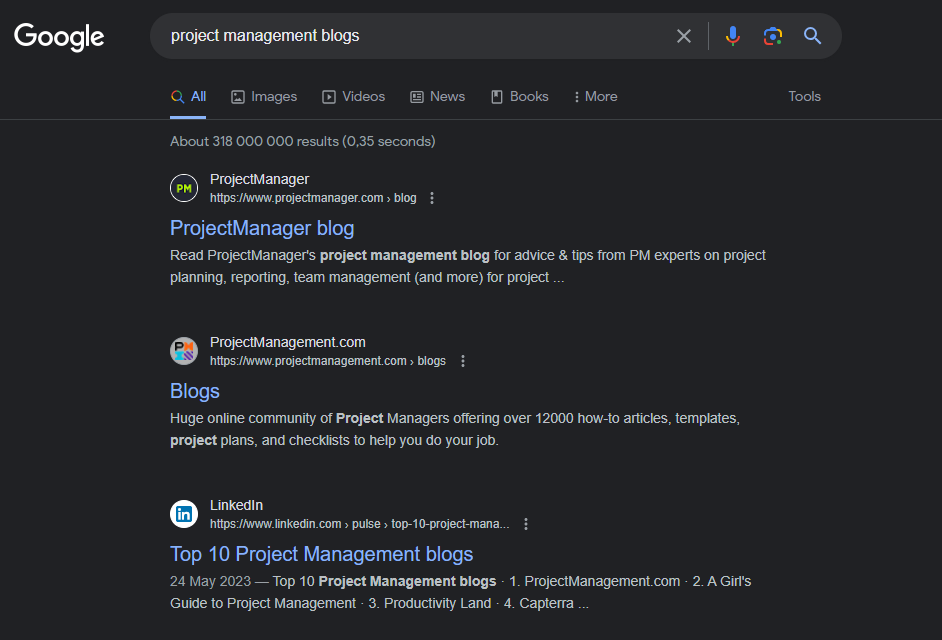 Some of the websites I found a few years ago included ProjectManagement.com, ProjectManage.com, PMTips.net and Arras People.
Some of the websites I found a few years ago included ProjectManagement.com, ProjectManage.com, PMTips.net and Arras People.
Step 2. Visit the websites you find in Step 1
Take a look around the site and if they seem like a good fit, add them to your list of websites to contact. A simple spreadsheet is a good way to keep track of these potential free backlink opportunities.
Step 3. Start the outreach process to ask for free backlinks
You can either ask for a backlink to a relevant URL on your website or offer to contribute a guest post. I've had the best results from contributing high-quality guest blog posts.
4. Repurpose Your Content
Creating content is hard work!
What if you could create one piece of content and get three different backlinks from it? It’s easy when you use content repurposing.
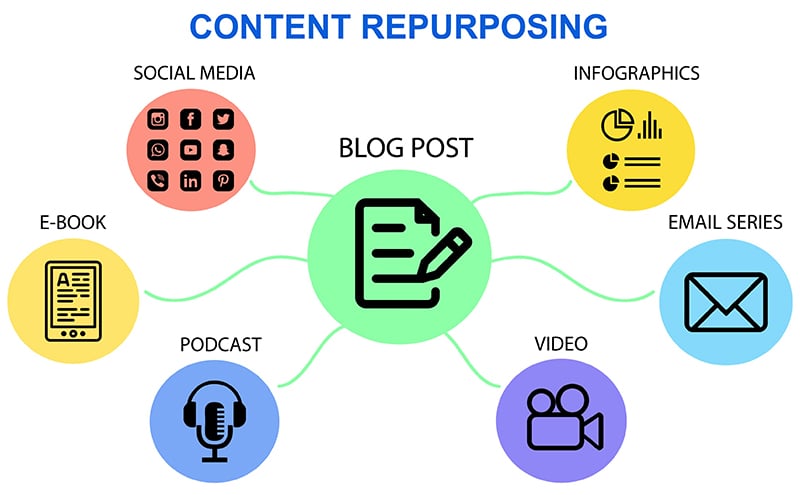
Here's an example of how to put this into action:
1. You write a popular blog post that attracts backlinks and plenty of traffic. Once you find such a winner, it's time to pour gas on the flames!
2. Create a related piece of content on a different platform covering the same information as that original blog post.
For example, you could create a 2-3 minute YouTube video where you cover the main ideas—just highlight three of the most interesting points and have your speaking notes ready! Or maybe you're a master of presentations? Create a presentation and post it to SlideShare.
3. Create social media updates pointing back to the YouTube video or SlideShare presentation, and to the original article.
Depending on your skills, you can keep using this strategy over and over again to spread your same message.
The first time you put content repurposing into action, it may feel tough. But keep at it!
5. Appear as a Guest on Podcasts
Speaking for myself, I love to write—however, I recognize that some people prefer to speak.
Here’s the good news: You can talk about your website and get high-quality backlinks, by appearing on relevant podcasts.
A large number of podcasts are based on interviewing new guests. If the podcast host runs out of people to interview, they'll be in trouble. You can help by appearing as a guest.
To get the best free backlinks from appearing on podcasts, make some preparations up front. You need to find the overlap between these areas: the subject of the podcast and 2-3 topics you're comfortable speaking about over 20-30 minutes.
In brief, here are the steps you need to follow to get free backlinks through podcasts:
1. Create a few highly valuable pieces of content
Make sure you have an opt-in page set up to give a gift and gather email leads.
2. Search Google for industry-related podcasts
For example, to promote a software program like SEOptimer, I'd search for podcasts that relate to SEO and online marketing. Podcasts like Search Engine Nerds, Search Talk Live Search Engine Marketing & SEO Podcast, Internet Marketing: Insider Tips and Advice for Online Marketing and Webcology would be a good fit.
3. Listen to one podcast episode with a guest
By listening to a podcast episode, you'll get a feel for the host’s style and the types of questions that are typically asked. As you listen, take a few notes on what you found most valuable about the podcast.
4. Visit the podcast website and look for information on how to become a guest
Some podcasts have an “apply to be a podcast guest” page, where you can pitch yourself as a podcast guest. Here's an example on Brené Brown's website. If there's no such page on the site, you'll have to pitch yourself by email.
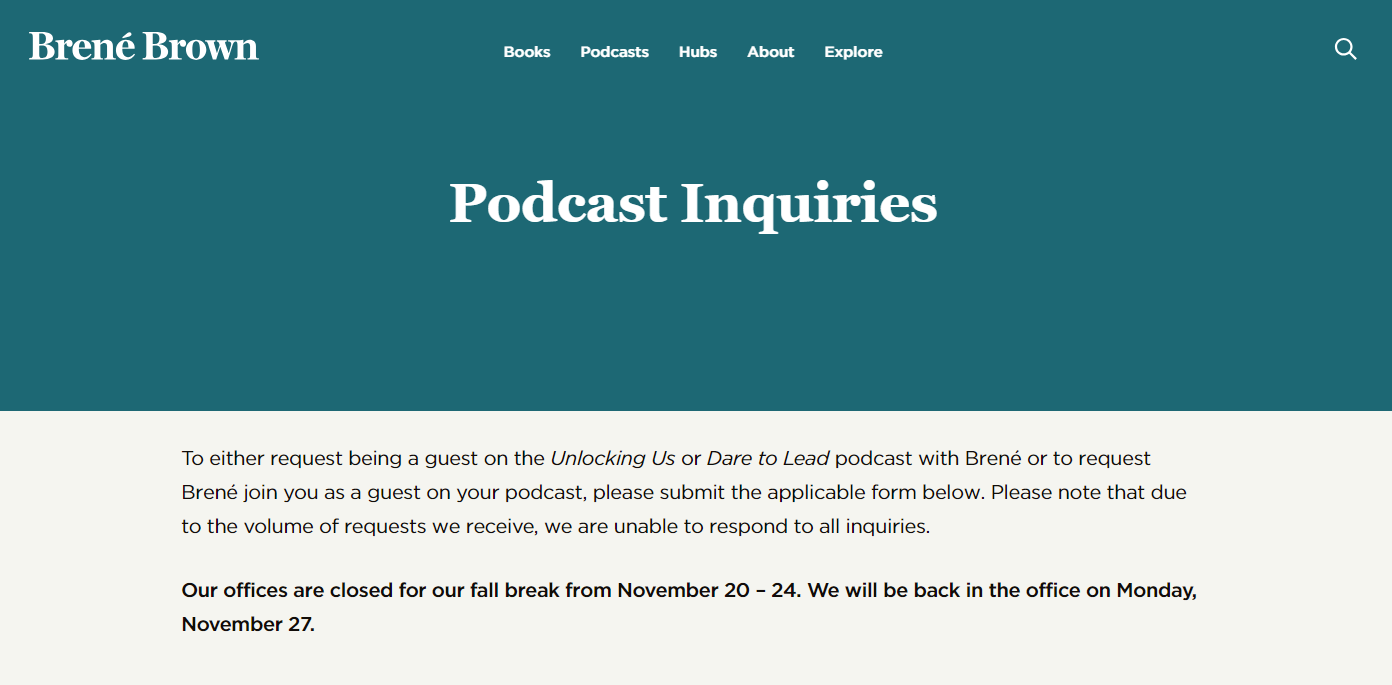
5. Appear as a guest on the podcast
During your appearance, you may have a few opportunities to share links to your site. If you're saying a URL, it has to be short and simple, such as your domain name. Most podcast listeners won't listen to (or remember) a 50-character URL!
6. Ask the podcast host to include backlinks to your website in the show notes
Most podcasts have a “show notes” blog post for each episode. These posts summarize the podcast episode, provide links to resources mentioned and encourage people to listen. This is a great place to get backlinks.
6. Write High-value Comments on Websites
While these backlinks don't always pass along SEO juice, they help you to build relationships and send higher quality traffic to your website. This approach also helps to build your network and opens the door for guest posts later.
For the best results, I recommend using this backlink strategy in combination with other tips in this post.
Is it still worthwhile to write blog comments? If you approach it with the goal of building a relationship with the website owner, the answer is yes.
Make sure you leave high-value comments—no writing 2-to-3-word meaningless comments like “great post.”
Take the time to pick out one or two concepts from the content you found interesting and explain why. Another approach: Ask a question to clarify a point in the content.
Where exactly does your backlink come into the picture when you write comments? There are two opportunities.
First, many blog comment platforms have a website field you can use when you write a comment. That's one place where you can earn a free backlink.
Here's an example from Tim Ferriss's website (author of "The 4-Hour Workweek" and other books):
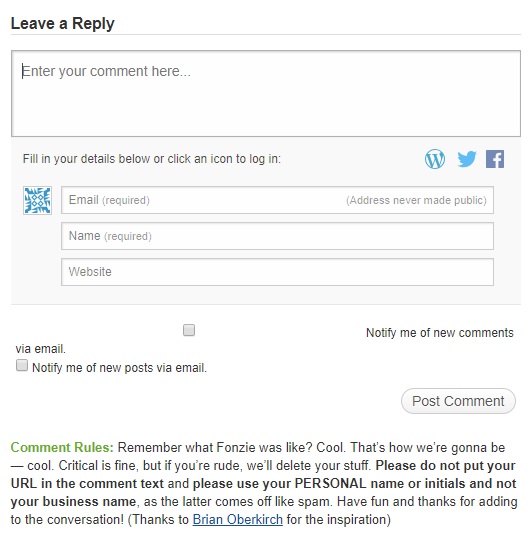
In some cases, you can also mention a relevant URL in the body of your comment. Putting URLs in the body of your comment isn't always allowed by website owners however. As you can see in the example above, Tim Ferriss's comment rules forbid that practice.
How do you find websites to write comments on?
Use the Google search method outlined in the above strategy to build a list. The one nuance is to focus your efforts on websites that allow comments.
7. Use Your Social Media Profiles
Review your company's social media profiles and make sure your URL is there. There are three ways to get free backlinks from social media.
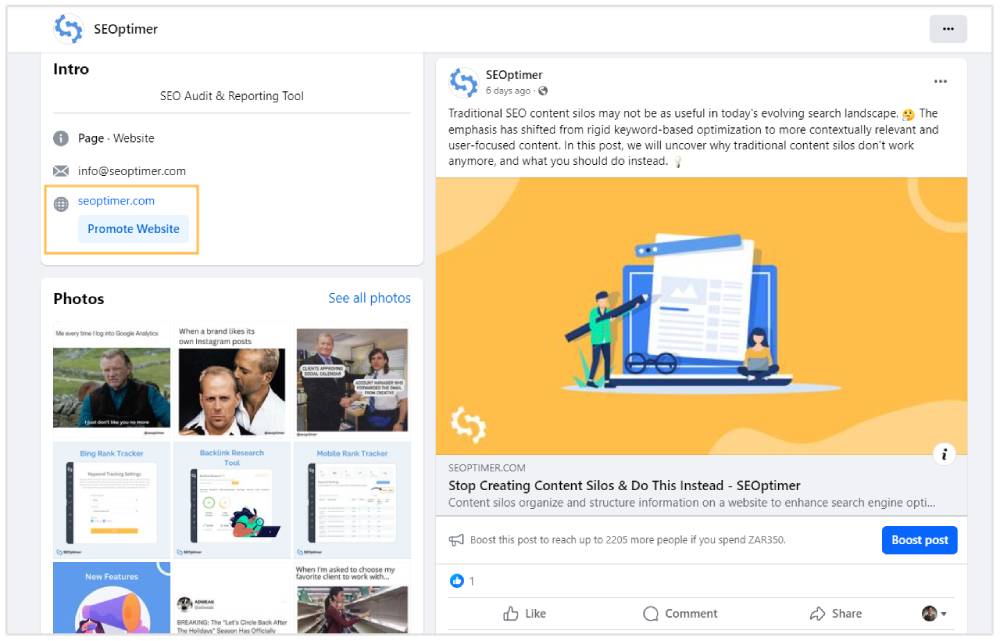
- Your social media profile: Most social networks let you enter your URL on your profile main page. To make the best use of this online real estate, enter a landing page URL to capture leads.
- Social media posts and updates: Most of your posts across different social media platforms can include free backlinks to your website.
- Social media posts and updates from other people: While it's outside of your control, you can also ask or encourage people to share links to your content.
Not sure which social networks to use? At a minimum, I recommend using Facebook, LinkedIn and Twitter. If you're skilled with video, sign up with YouTube as well.
Tip: Outside of the major social media networks, there are many niche websites to think about as well. If you're promoting books, for example, Goodreads is a good choice.
8. Be Inspired by Your Competitors
Researching your competitors for free backlink ideas is a tried and true strategy. To get started, enter your competitor’s domain into SEOptimer's backlink research tool.
Now, how do you figure out which of these backlinks you can get for free? The answer depends on your network and the website you're promoting.
Use Domain Strength as a simple rule of thumb. If you see Domain Strength of 50 and higher backlinks, avoid pursuing those unless you have at least one high authority backlink already. Otherwise, focus your efforts on lower Domain Strength backlink opportunities.
Looking for an easy backlink win? Focus your research on pages where your competitor is listed as one of many resources.
For example, look for resource pages, recommended tools pages and the like. If a website owner has created a page that profiles five, 10 or more websites in a category, they might be open to adding you to their website.
Here's an example of a resource page from Lear to Code with Me listing various marketing tools and resources.
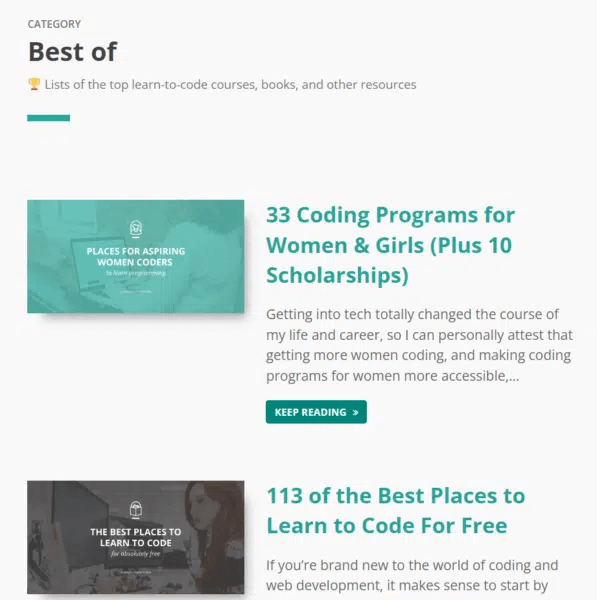
9. Turn Brand Mentions into Backlinks
This technique is best suited for established websites seeking to earn free backlinks. Once your website has been online and promoted for 6-12 months, you're more likely to get brand mentions.
Use the following steps to get these highly valuable branded backlinks:
1. Brainstorm a list of relevant brand mentions that people might use when talking about your website
That might include your actual brand name and names of your founders or directors.
2. Set up Google Alerts for the keywords you identified above
You'll have the option to receive alerts at different frequencies. At first, I recommend using daily alerts, and if you're overwhelmed with responses, change it to weekly.
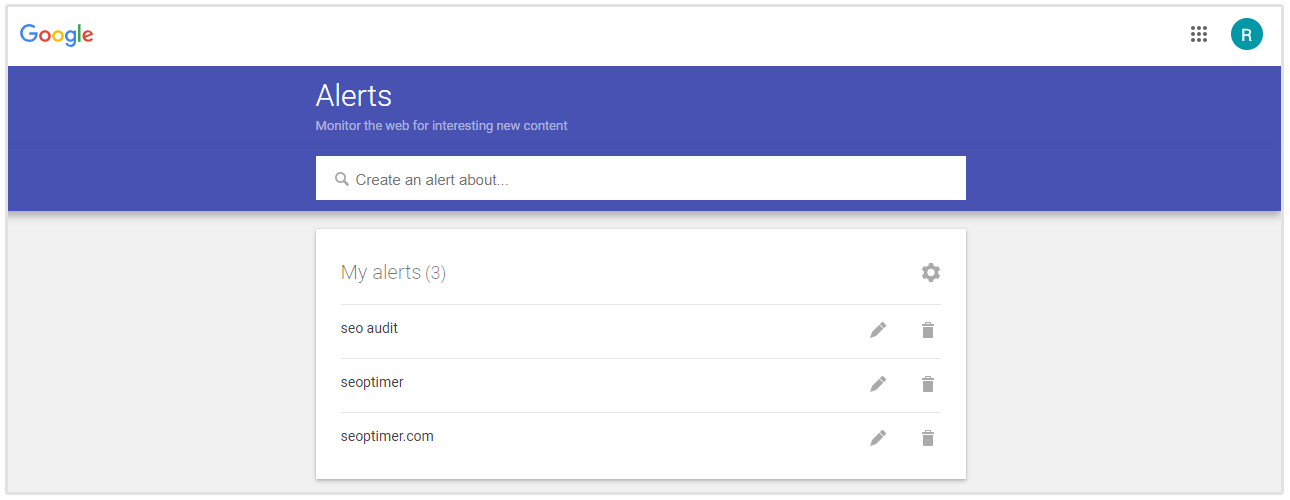
3. Review the brand mentions that come up in Google Alerts
Each time you see your brand keywords mentioned, ask yourself, “is it a promising free backlink?” If somebody's speaking positively about your website and products, great—you have the potential to get a backlink. If the brand mention is negative, you can still try to get a backlink, but you'll have a lower chance of success.
4. Start the outreach process
In your outreach messages to the website owner, explain that you came across their website and noticed that they mentioned your brand. Thank them for the mention, and simply ask them to create a link to your site.
10. Interview an Industry Expert
Interviewing an industry expert has several advantages.
First, you get to learn and network with an industry leader. Second, that person is likely to share and link to the published interview on their blog and social media.
Oh, and did we mention that it helps you to build your network?
Use this checklist to organize and carry out your first interview:
1. Choose your interview format
There are three popular formats: written, audio and video. Choose the format that you have the most experience in so that you feel confident.
2. Model your interview style and questions on successful interview podcasts
If you're a novice interviewer, you're probably wondering how to come up with good questions. My suggestion is to look at successful online interviewers and model your approach after them.
A few examples to get you started are Entrepreneurs on Fire, Mixergy and The Top Podcast.
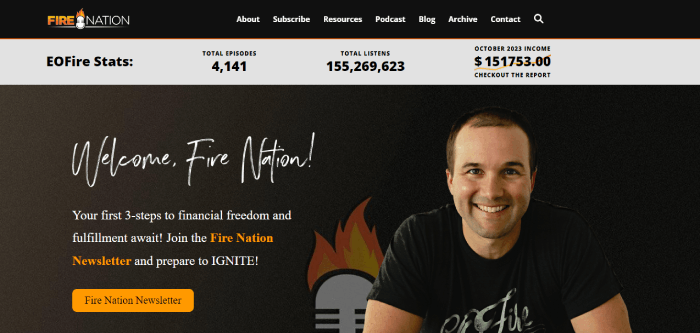
3. Create a short list of industry experts
Creating a short list of industry experts is easy. I recommend starting with people you already follow online. If you need to add additional names to your list, use the following approach:
Google Search. Use search strings such as “top [niche] experts” or “best [niche] experts” where niche is a short keyword phrase to describe your industry.
Amazon. Search for your website’s topic (e.g. SEO) and see who has the best-selling books.
4. Reach out to experts to request an interview
Use your cold email skills to reach out and request an interview. If your website has impressive statistics (e.g. 100,000 unique visitors per month), include those details in your pitch as it'll increase the odds of getting a yes.
5. Conduct the interview
I recommend conducting the interview using Skype, and you can record the call for free by using the MP3 Skype Recorder. Or, Zoom is a great paid option that lets you record video calls as well.
To dive deeper into the art of conducting quality interviews, check out Pat Flynn’s article “Top 10 Tips for Conducting an Exceptional Interview.”
6. Publish and promote the interview and ask for backlinks
Once you complete the interview, it's time to publish it on your website. If you have a video interview, you can also publish the interview to YouTube and get another backlink.
Finally, email the interviewer and ask them to link to your interview.
Tip: Did you record the interview as an audio file and want to publish it as a written article? You can transcribe the recording yourself or use a transcription service like Rev. Note that a raw transcript will still need some editing for clarity before you publish it.
11. Leverage Broken Backlinks
Broken backlinks make the web a poorer place. You can make everyone's life better by fixing them. So how exactly do you find those broken backlinks?
Use these steps:
1. Create a list of 3-5 websites you'd like to get a backlink from.
2. Use the Broken Link Checker to find broken backlinks on their pages. Here's what I found using the Broken Link Checker on CBC.ca, a news website in Canada:
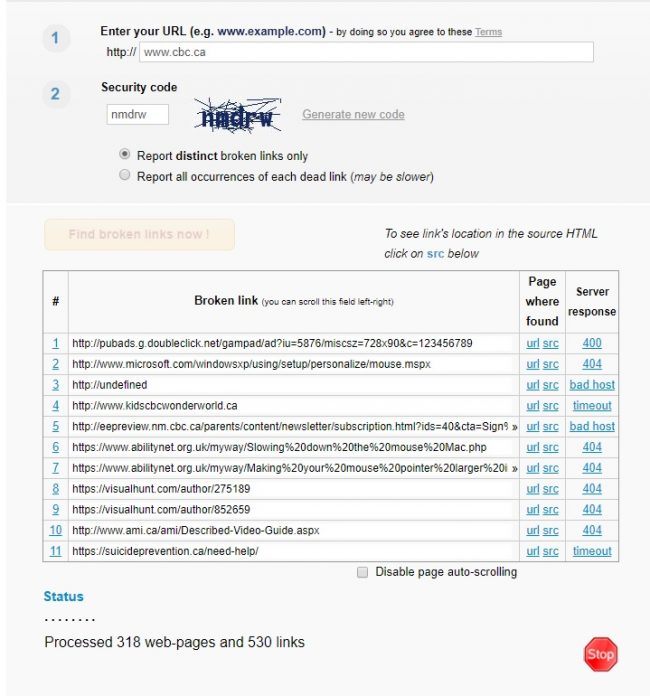
3. Review each of the broken backlinks for relevance to your website. You need to use your judgement to determine if you have a URL that would be a good substitute for a broken backlink.
In the CBC.ca example above, nothing related to marketing or SEO came up. As a result, there's not much opportunity to use this strategy on this particular website.
That's fine—you'll simply have to run through the process a few times. You won't strike gold every time you seek out broken backlinks.
4. Reach out to the website owner to request they use one of your URLs instead of the broken URL on their website.
Remember that asking a website owner to fix a broken backlink requires some tact and diplomacy. You don't want to come off as accusing them of being negligent.
Make your request short and polite—you noticed a broken link, and you have a resource that fits the bill. Don't make this request through public messages like a Tweet because you're likely to embarrass or anger the website owner.
12. Create Content About Your Favorite Software, Consultants and Vendors
Did your accountant help you save money at tax time? Alternatively, did a developer speed up your website dramatically? Create content like a blog post or video about them.
For the best results, I recommend reaching out to the vendor and asking them what they'd like you to cover in your review. If they're unsure, here are some suggestions to get the conversation going:
- New service offering. Does the vendor have a new service they want to promote? If you've used it, you can promote it in your review.
- SEO keywords. Is your vendor trying to rank for a specific set of keywords? If so, you can use those keywords when you link out to their website.
- Unique selling proposition. What's your vendor uniquely good at? For instance, a marketing consultant may guarantee 10 leads in 30 days or your money back. If you've benefited from that service, you could mention the guarantee in your article.
Now that you know the vendor’s goals, create the content and publish it on your website. Once it's published, ask your vendor for a free backlink.
Now Go and Get Your Free Backlinks
You now have a dozen techniques that'll reliably earn you new free backlinks.
These are evergreen methods that will continue to work year after year. Your mission is to choose one method from this article and put it into action this week.



